Advanced Search
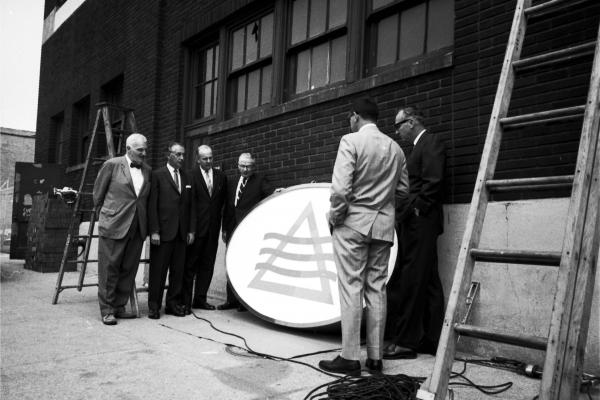
The West Philadelphia Corporation, a non-profit coalition formed by local “higher eds and meds,” created and marketed the neighborhood of “University City.”
The Drexel Institute had only a peripheral and grudging involvement in the creation of the University City Science Center, a project of the West Philadelphia Corporation (WPC) in Unit 3.

Drexel unveiled a plan in 1964 for expanding its holdings and building dormitories in Powelton Village and the planned projects were protested by community members until the mid-1970s.
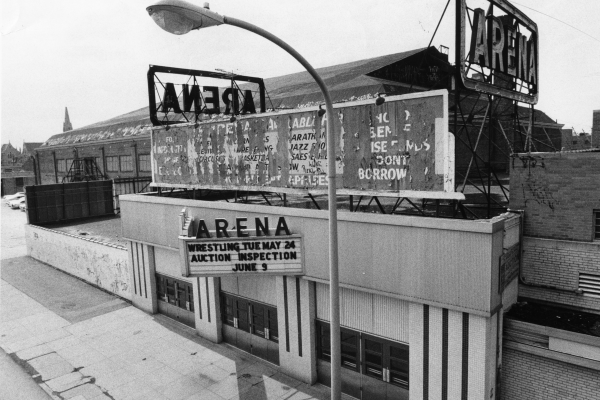
White outmigration, owner turnover, and construction of the Spectrum brought the Arena to its final years of operation.
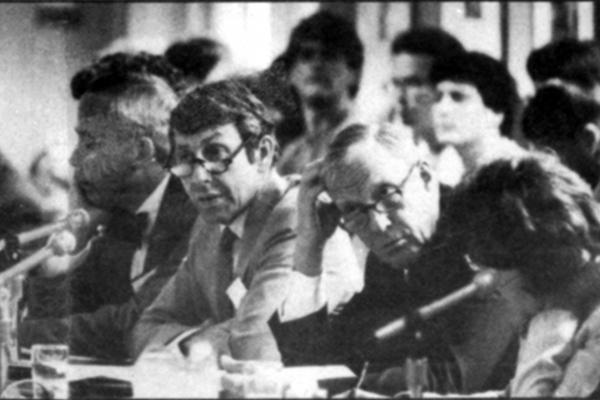
In the 1970s, the University of Pennsylvania turned inward from West Philadelphia, unable and unwilling to restore its frayed community relations in the face of an unprecedented rise in violent crime.
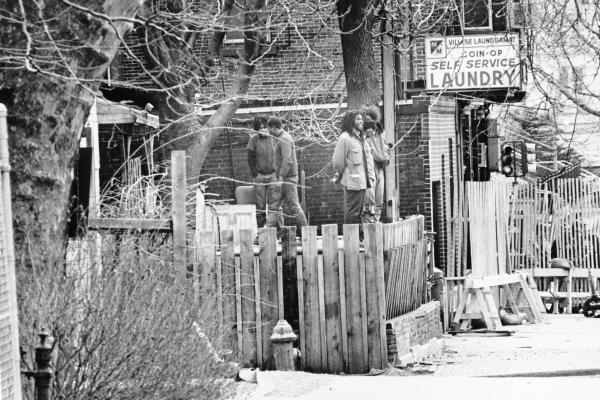
From 1973 to 1978, members of MOVE adopted a radically alternative, anti-technology lifestyle and displayed a political militancy that provoked a devastating assault by the Philadelphia police on the organization’s Powelton Village headquarters.
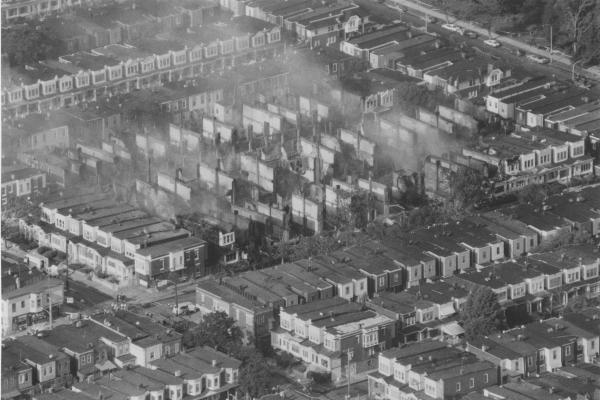
On May 13, 1985, after three years of nuisance complaints from MOVE’s Osage Avenue neighbors, a confrontation between MOVE and the Philadelphia Police ended in arguably the most traumatizing event in Philadelphia’s history.
From the mid-1980s to the mid-1990s, Drexel was plagued by sharply declining enrollments and hostilities between faculty and university administrators.

Despite two investigations into the circumstances of the event, the effects of the 1985 MOVE fire still resonate on Osage Avenue and with MOVE members today.

The Netter Center for Community Partnerships is the centerpiece of Penn’s quarter-century effort to establish mutually beneficial university–community–public school partnerships in West Philadelphia.
Beginning in the mid-1990s, Drexel University rebounded from financial and reputational decline to become a thriving, multifaceted hub of education and urban revival.
Drexel President Constantine Papadakis guided Drexel out of near bankruptcy and into a new millennium by refocusing the University as a student-centered institution emphasizing three essentials: “co-op, urban location, technology.”